Olympic National Park on the Olympic Peninsula in Washington can easily be divided into three distinct ecosystems: Mountains, Coast, and Rainforest. This post focuses on the Rainforest. (Check out the Mountains or the Sea)
Notice the tiny people.
The Park: Because the Olympic Mountains form what is know as a rainshadow, essentially blocking rain from the eastern slopes, the western mountains contain some of the richest temperate rainforest in the world. Immense sitka spruce, cedar, and hemlock, draped with layers of thick moss and lichen, provide habitat for Black-Tail Deer, Mountain Lions, and the huge Roosevelt Elk as well as many smaller animals. While in many ways the mountains and the coast in the park seem timeless and unchanging, the rainforest feels ancient and heavy - a place bursting with life, yet quiet and haunted by the past. The rainforest can be accesses off of Hwy 101 at the Hoh Rainforest Visitor's Center, Queets, and the Quinault Rainforest, all accessing trails that penetrate deeper into the park.
Lego Davy trying to climb a tree. He's got a long way to go.
Camping: There is rainforest camping at both Hoh and Queets. Queets is smaller and on a river, maybe a good choice if you're looking for remoteness, but Hoh is the center of activity of the rainforest section of Olympic. Take your time driving down Upper Hoh Road to the campground. Watch how the ecosystem changes from the coastal forests to the dense rainforest of the deep river valleys. Make sure you stop at the Big Sitka Spruce on your way. Like any National Park campground, get there early to secure a spot in the summer - they fill up fast. All the spots are great at Hoh, but Loop C is most likely to get you on the river and Loop B will giver you the best chance of seeing Elk.
Need to make a call?
Hiking: Unfortunately for the rainforest in Olympic, you are either looking at a couple really short hikes or really long ones (of course you can always do part of a long one, but I hate not finishing what I start). For the sake of time, I chose to do the popular day hikes near the Hoh Visitor's Center. Start by the pay phone (hard to miss with nearly a foot of moss growing on the top) and head off to the Hall of the Mosses and the Spruce Nature Trail (about 2 miles combined). While every tree in the forest is amazing, the highlights of these loops are the broadleaf maples. Their thick, strong limbs can carry far more moss than the conifers, giving the impression of age even in the context of the ancient forest around them. Take these two slow. There are no grand vistas and particular destinations, so just bask in the details of the forest around you.
Looking up.
Pit Stop: I don't really have a great pitstop for this section, but if you have time, do check out Quinault and Queets as well and then let me know what they're like.
The Broadleaf Maples.

